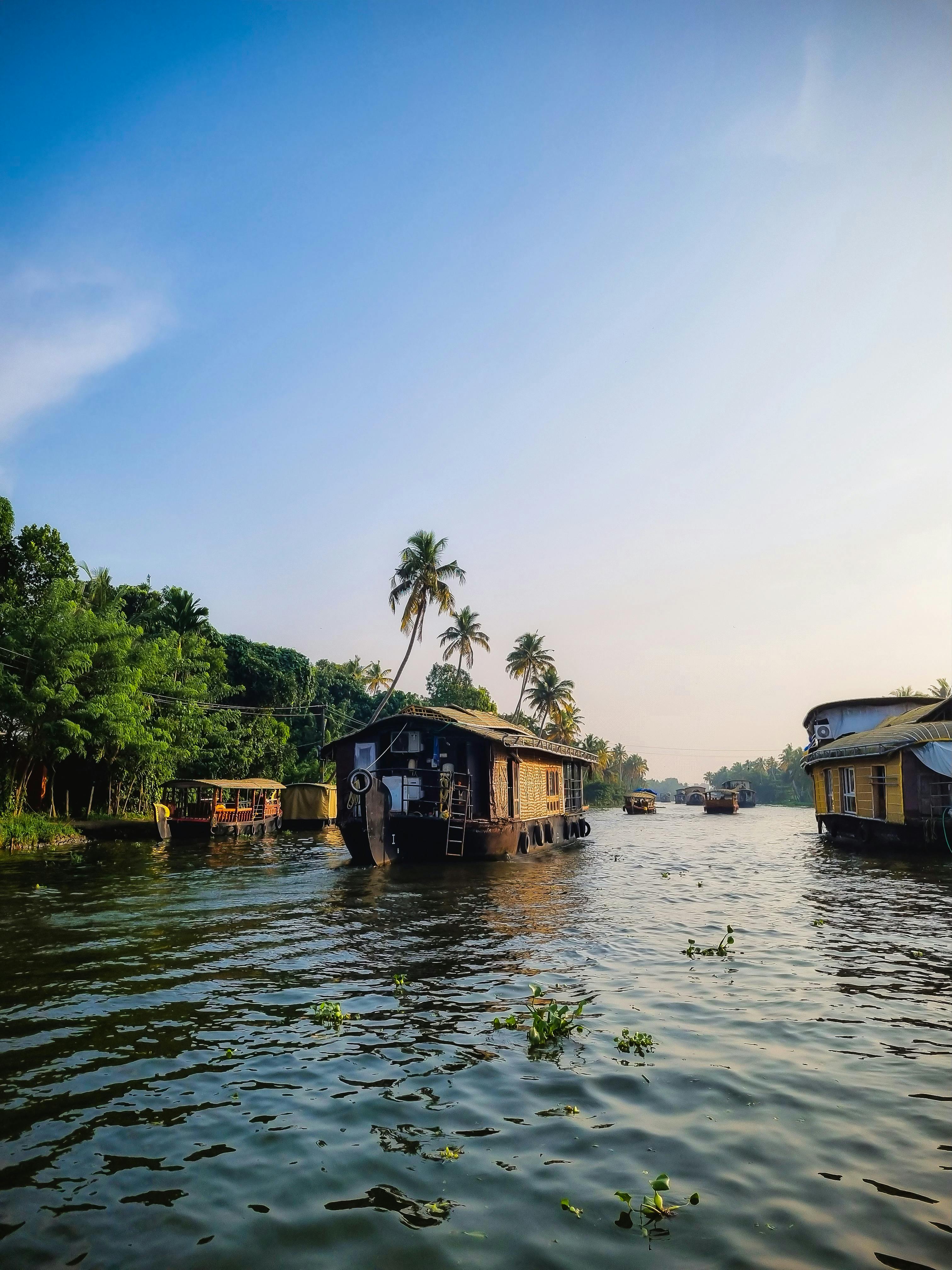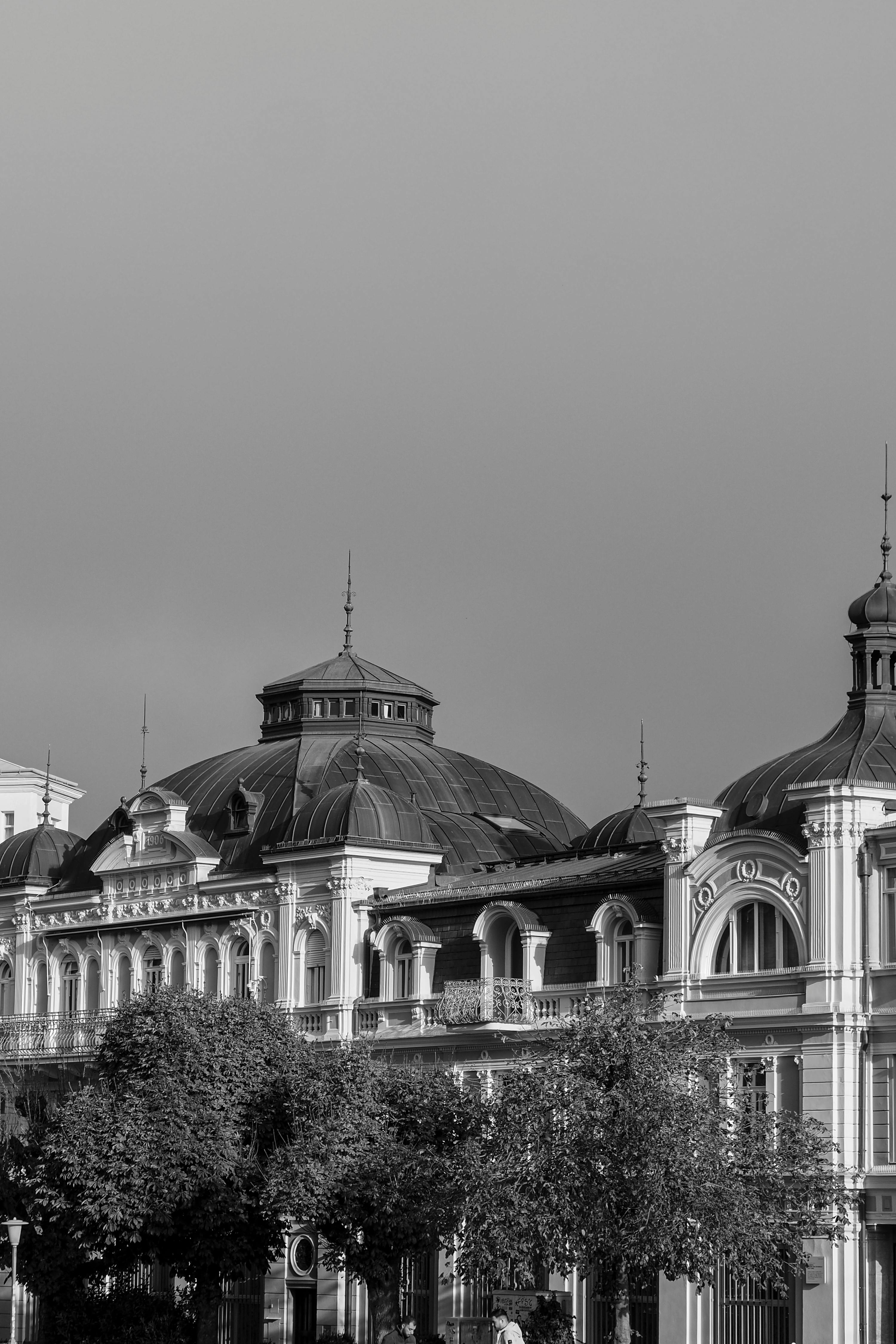Unveiling the Mystique of Dark Tourism: A Deep Dive into its History, Trends, and Impact
Dark tourism, a term coined in the late 1990s, refers to the act of visiting places associated with death, suffering, or disaster. This unique travel trend has been gaining traction in recent years, with travelers seeking out these sites for a variety of reasons. This article will delve into the history of dark tourism, its current trends, and its impact on travelers and the places they visit.

The Origins and Evolution of Dark Tourism
Dark tourism has roots that stretch back centuries. From the Roman gladiatorial games to public executions in medieval Europe, people have long been drawn to spectacles of death and suffering. However, it was not until the late 20th century that this phenomenon was formally recognized and studied as a distinct form of tourism.
The term “dark tourism” was first coined by scholars John Lennon and Malcolm Foley in 1996. They used it to describe the growing trend of tourists visiting sites associated with death and disaster, such as concentration camps, battlefields, and sites of natural disasters. This trend has only grown in the intervening years, with dark tourism now recognized as a significant sector of the global tourism industry.
Current Trends in Dark Tourism
Today, dark tourism encompasses a wide range of destinations and experiences. Some of the most popular dark tourism sites include the Auschwitz-Birkenau concentration camp in Poland, the Hiroshima Peace Memorial in Japan, and the 9/11 Memorial in New York City.
There has also been a rise in the popularity of “ghost tours” in cities around the world, where guides lead tourists to sites associated with local legends and ghost stories. Additionally, disaster tourism, which involves visiting sites of recent natural disasters, has also become increasingly popular.
The Impact of Dark Tourism
Dark tourism has a complex and multifaceted impact on both travelers and the places they visit. On one hand, it can provide a profound and educational experience, helping tourists to understand and reflect on tragic events in human history. It can also generate revenue for local communities and contribute to the preservation of historical sites.
However, dark tourism also raises ethical questions. Critics argue that it can be exploitative, turning sites of suffering and death into tourist attractions. There is also the risk of commodifying tragedy, where the focus shifts from education and remembrance to entertainment.
Practical Insights: Navigating Dark Tourism Responsibly
-
Research the site beforehand to understand its historical and cultural significance.
-
Be respectful and considerate. Remember that these are sites of suffering and death.
-
Avoid taking inappropriate photos or selfies.
-
Consider the impact of your visit on local communities.
-
Support local businesses and initiatives that contribute to the preservation and respectful presentation of these sites.
In conclusion, dark tourism is a complex and intriguing aspect of the global tourism industry. It offers a unique perspective on the darker side of human history, providing opportunities for reflection, education, and understanding. However, it also poses ethical challenges that require careful consideration and responsible behavior from tourists. As this trend continues to grow, it is crucial for travelers to navigate this delicate balance with respect and sensitivity.





